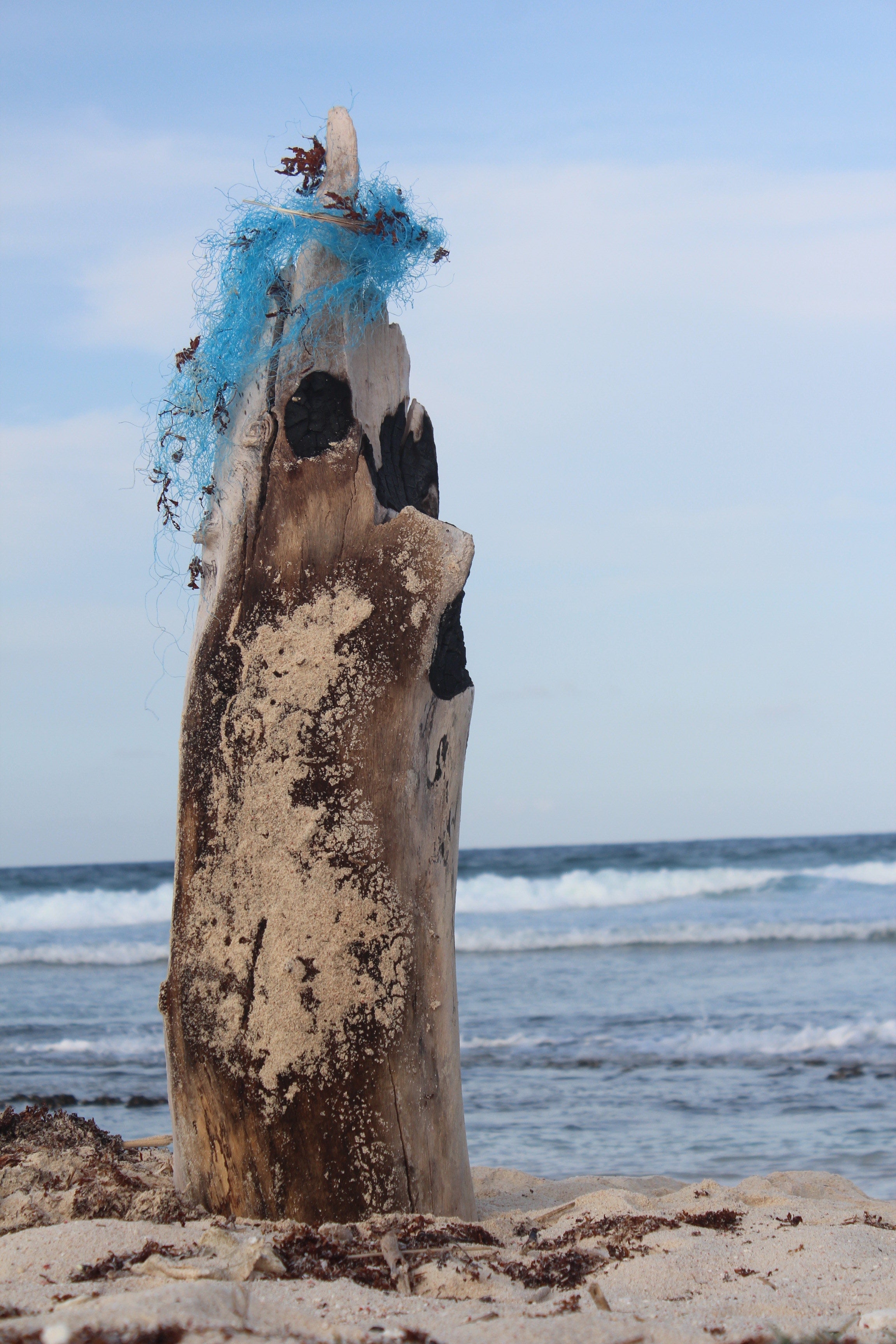A history of ocean plastic pollution has accidentally been created by a series of old-fashioned metal boxes that act as ‘continuous plankton recorders’ (CPRs).
These metal boxes fish for plankton slowly over the decades, as the species indicates the productivity of the ocean, and is therefore of particular interest for scientists wishing to monitor the health of fisheries and the ocean.
These CPRs were designed and built to trail behind ships, capturing small samples of plankton from the water column. But inevitably, litter and other items would become entangled in the devices, and the crew would need to remove it whilst recording the event in a log.
Having recently searched trough these logs, researchers realised there were some very early cases of plastic entanglement; the earliest dating back to 1965, where a plastic bag was ensnared off the coast of Ireland. This is believed to currently be the earliest marine plastic pollution found.

From that point onwards are log entries by various crews on different ships recording incidents of plastic becoming intwined in the boxes.
The positive outcome of these unintentional discoveries is that a time series can be built up, showing what the increase in larger plastic entanglements has been over the years since 1965 when the initial plastic bag was ensnared.
It was immediately evident from the logs that there has been a significant and steady increase in ocean plastic pollution since 1990, but that the number of plastic bags found in the Ocean has dramatically decreased in recent years. Having not long ago been the largest threat to plastic pollution in the Ocean, this shows real progress, although it is unclear yet as to whether it is linked to the plastic bag charges and bans that have recently been globally introduced.
You can read our recent blog on the current largest plastic threat to our oceans here:
The researchers involved in this study hope the information they have found will contribute positively towards the “wave of awareness” on plastic pollution in our oceans, and that in turn this will aid a nock on effect in helping reduce the amount of litter finding its way into the ocean in the first place”



Share:
Plastic Bottles Now The Biggest Threat To Waterways
One Woman’s determination to reduce plastic pollution in waterways